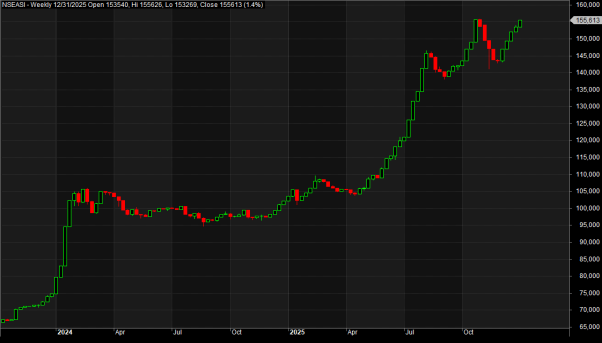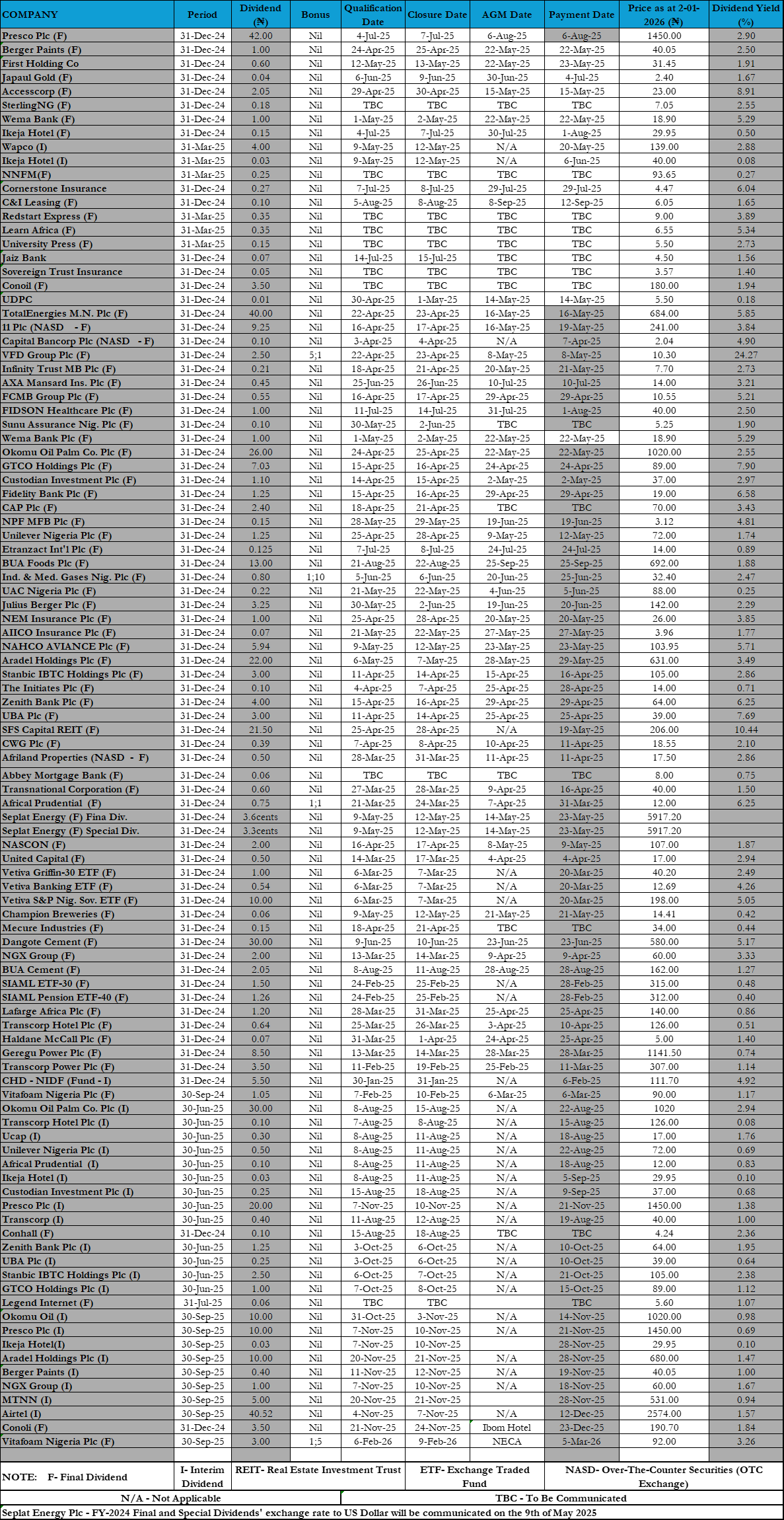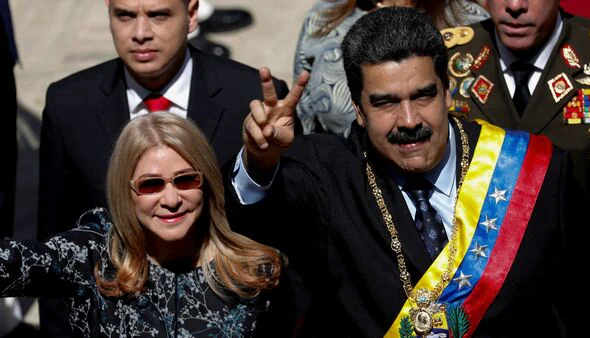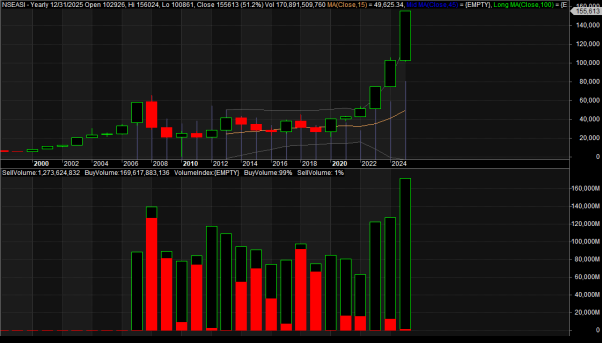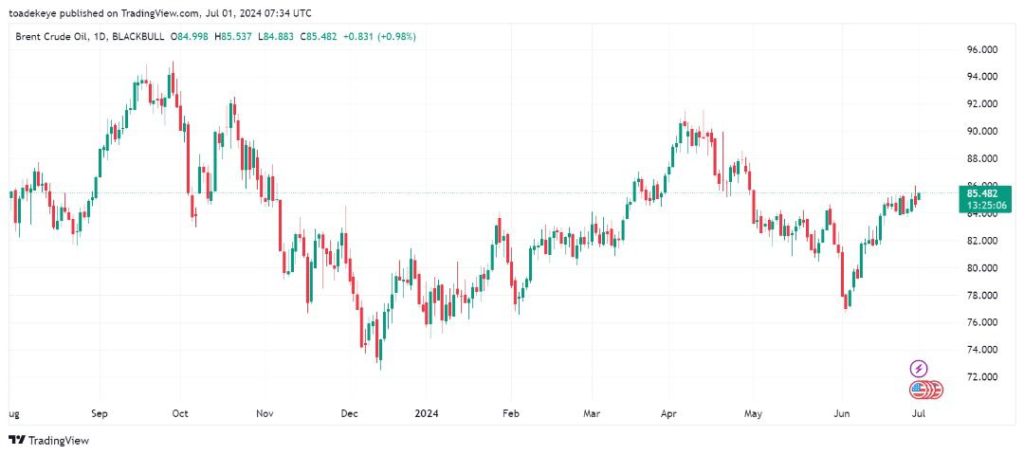
Oil prices dropped on Friday due to concerns over weak U.S. fuel demand and profit-taking at the end of the quarter, while May’s critical inflation data increased expectations that the Federal Reserve may initiate interest rate cuts this year. Brent crude futures for August settlement , which expired on Friday, was up by 2 cents to close at $86.41 a barrel. The more liquid September contract fell 0.3% to $85 a barrel. U.S. West Texas Intermediate (WTI) crude futures was down by 0.24%, to close at $81.54.For the week, Brent rose 0.02% while WTI futures posted a 0.2% loss. Both benchmarks gained around 6% for the month.
US May inflation Cools, Boosting Hopes Of Fed’s Rate Cut
U.S. monthly inflation was unchanged in May as a modest increase in the cost of services was offset by the largest drop in goods prices in six months, drawing the Federal Reserve closer to start cutting interest rates later this year. consumer spending rose marginally last month. Underlying prices advanced at the slowest pace in six months, raising optimism that the U.S. central bank could engineer a much-desired “soft landing” for the economy in which inflation cools without triggering a recession and a sharp rise in unemployment. PCE price index flat in May; up 2.6% on year-on-year basis Core PCE edges up 0.1%; rises 2.6% on year-on-year basis , Consumer spending gains 0.2%; personal income up 0.5%.
Canada’s Economy Expands 0.3% In April, As Another Gain Seen In May
Canada’s gross domestic product increased 0.3% in April, matching market expectations, as growth rebounded in sectors including wholesale trade and manufacturing, and the economy likely expanded further in May. The growth in April, fastest since the 0.5% clocked in January, was driven by rebounds in wholesale trade, mining, quarrying, and oil and gas extraction and manufacturing sectors. In may, GDP was likely up 0.1%, as increases in manufacturing, real estate related activities, and finance and insurance were partially offset by decreases in retail trade and wholesale trade. The slowing in May GDP growth suggests re-acceleration in inflation, reflecting supply issues and demand pressures.
Nigeria’s Debt–GDP Ratio Surges To 52.63%
Nigeria now has a public debt portfolio of N121 trillion, consisting of domestic debt of N65.6 trillion and a foreign debt portfolio of $42.1 billion (N56 trillion). Nigeria’s total gross domestic product (GDP) was N229.9 trillion in nominal terms. Although growing up by only 2.74% in real terms, it pushed the country’s Debt-To-GDP ratio to 52.63%, the first time the country has reached such a high debt-to-GDP level. However, Nigeria’s fresh borrowing was N7.71 trillion in the first quarter of 2024. Generally, a ratio around 50-60% is considered manageable for most economies. It implies that the country can service its debt obligations without undue strain on its fiscal resources.
Nigeria’s Exchange Rate Declines 67.8% YoY
The official exchange rate depreciated significantly, falling from ₦461.1/$ in May 2023 to ₦1,433.8/$ in May 2024, marking a decline of 67.8%. This depreciation of the Naira was partly driven by the widening gap between dollar supply and demand. Additionally, the low foreign direct investment (FDI) inflows, totaling US$183.97 million and accounting for 16.9% of total capital importation in Q4 2023, exacerbated this gap.Efforts by the Central Bank of Nigeria (CBN) have helped to stabilize the Naira over the long term. However, the effectiveness of these interventions may diminish in the absence of increased capital flows and export earnings contributing to foreign reserves.


